Volvo’s R&D boss Peter Mertens is confident that the company’s experimental 444bhp triple-charged four-cylinder engine has a future in high-performance production models.
Having unveiled the most powerful version yet of its new 2.0-litre, four-cylinder, Drive-E engine line-up in October, the Swedes have now installed the system in a Volvo S60 Drive-E for further assessment.
The technology – called Drive-E High Performance Concept by Volvo – combines two turbochargers with an electrical ‘e-booster’ to provide a strong power output throughout the rev range.
The ‘e-booster’ is used to spool up the turbochargers when the engine is running at low revs, dramatically reducing turbo lag and enhancing off-boost performance. As well as 444bhp, the engine possesses peak torque of 369lb ft. By comparison the most powerful standard variant in the Drive-E engine family currently produces 304bhp and 295lb ft.
Mertens said the engine could be a natural fit in Volvo’s Polestar performance models in years to come: “We haven’t yet decided whether we will bring it into production, but speaking as the boss of research and development my personal opinion is ‘of course we are’. It would be a pity if we did not. Assume that it was one of the next-generation of Polestar engines. Wouldn’t that be a nice solution?”
Should Volvo build a road-ready version of the Drive-E High Performance Concept, it could set new standards for specific output from a two-litre, four-cylinder mass production engine. The 355bhp unit in the Mercedes-Benz A45 AMG currently sets the pace, although that car is likely to be usurped when the Volkswagen Golf R400 reaches production with its anticipated 395bhp.
Volvo chiefs admit that it is partly the performance of such engines from its rivals that motivated them to embark on the High-Performance Concept.
“We saw that Mercedes had got 360ps,” said Michael Fleiss, boss of the powertrain department. “I thought, ‘wait a minute, we are the best at developing two-litre engines, so we have to do more’. Then VW and Audi showed that 395ps [in the Golf R400] and 420ps [in the Sport Quattro] is possible.
“So then we started to think about doing an engine with 450ps, just because we can do it. At Volvo we love a challenge.”
The unit is based around Volvo’s standard VEP engine architecture, but has a lower compression ratio, reinforced conrods and stiffer valve springs.

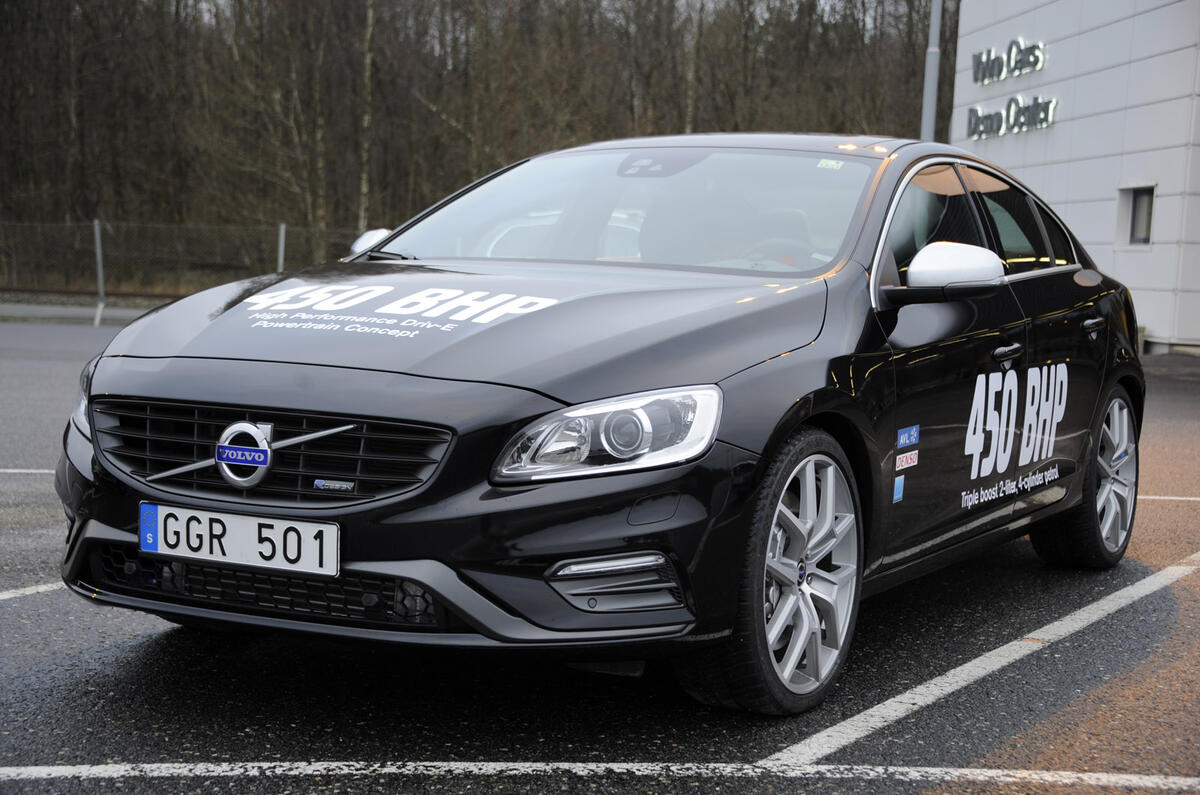
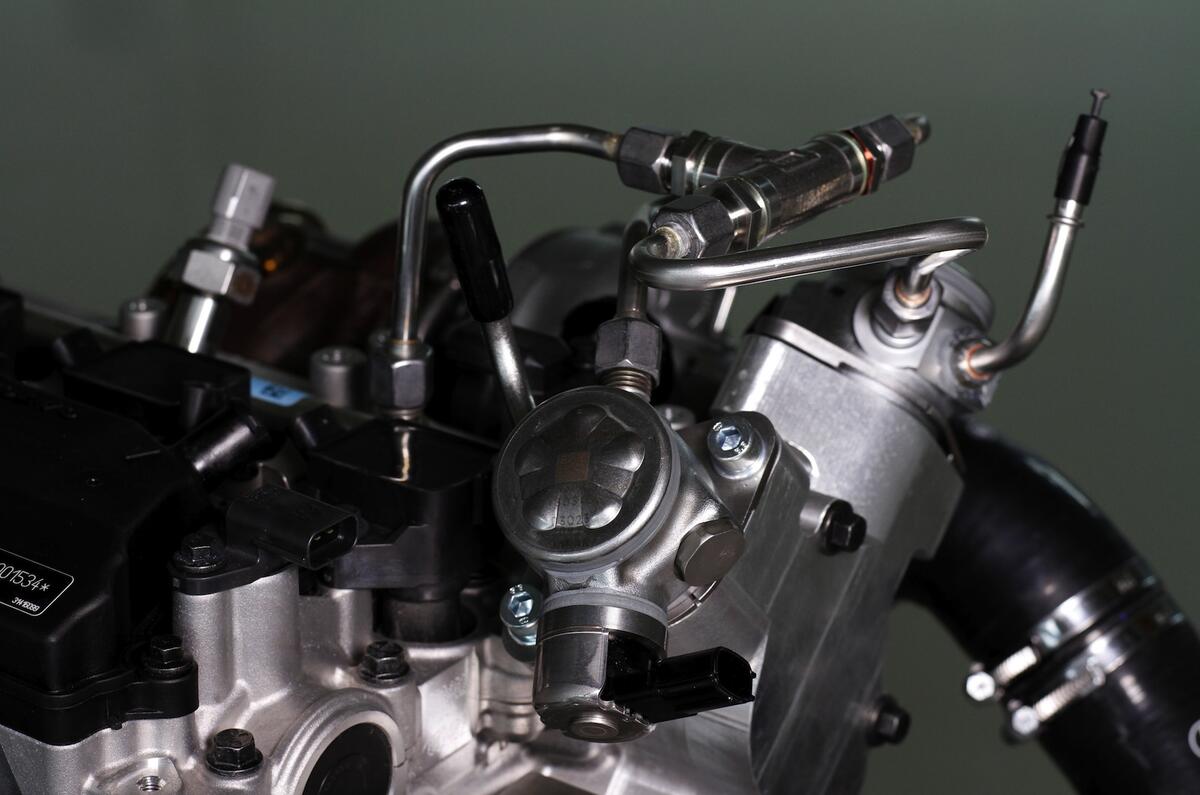
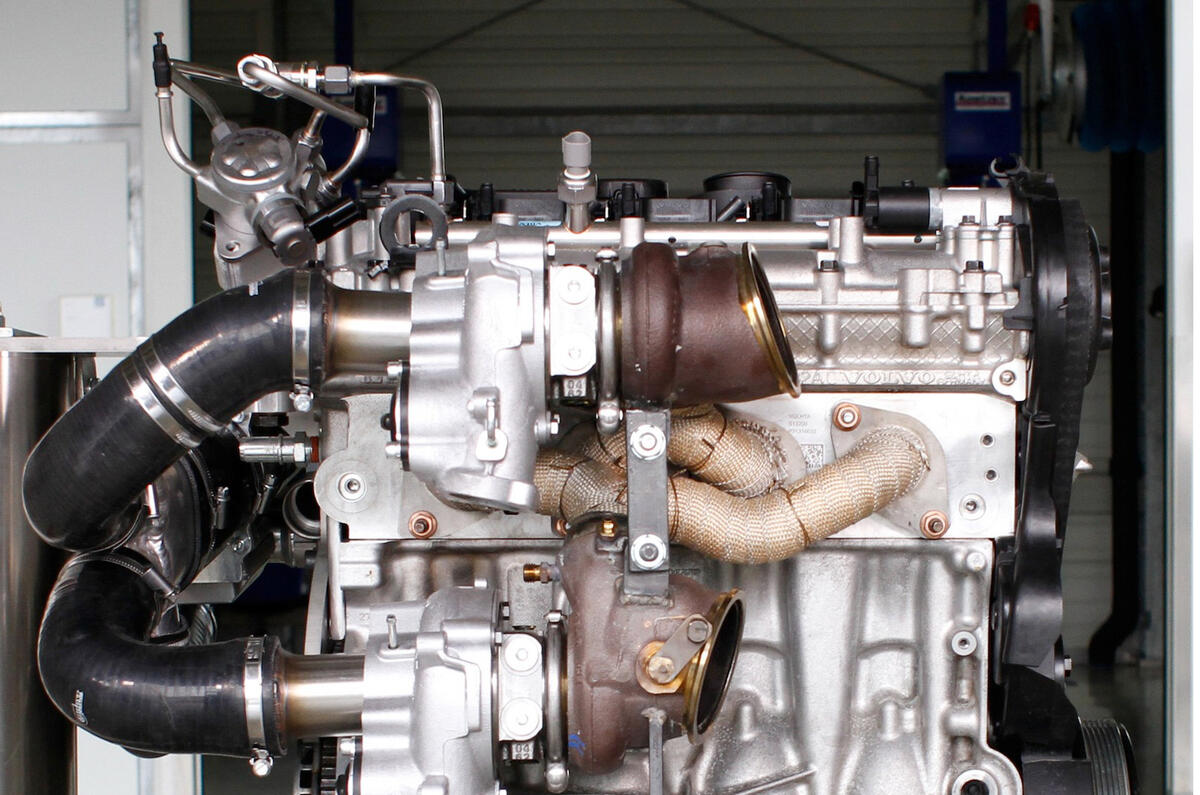
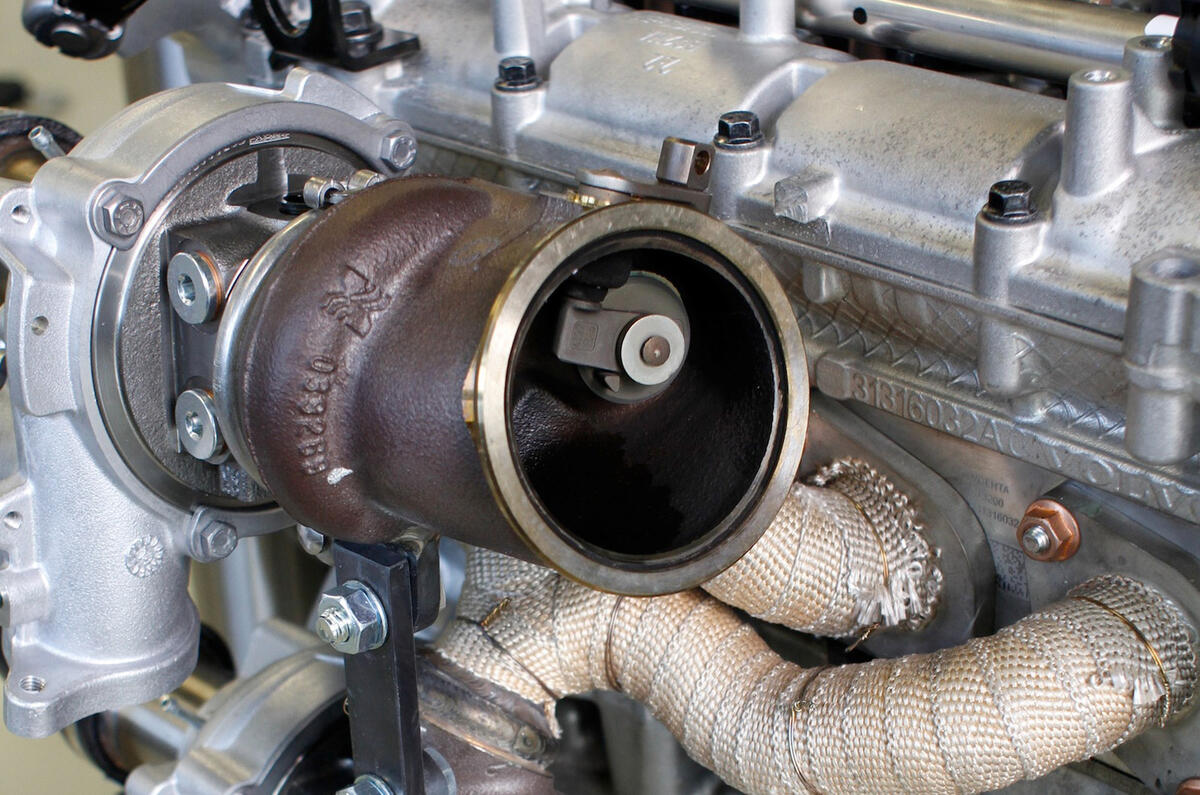
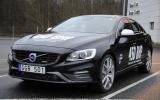
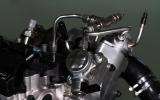
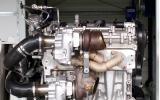
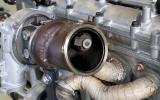



Add your comment
IT'S TURNING INTO A GAS TURBINE.
I always knew swedish volvo
1 litre produces 444bhp then I can imagine if they decreased the power then the emissions would be very small but i guess its too early to speculate. can't wait to hear more.
4 pots... Turbo... Sad